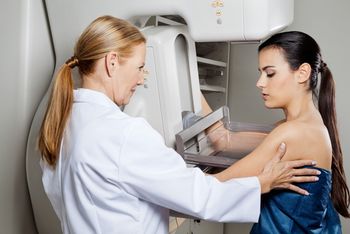
The idea that breast cancer is overdiagnosed is being perpetuated in an effort to reduce access to breast cancer screening, according to a presentation at MBCC.

Your AI-Trained Oncology Knowledge Connection!


The idea that breast cancer is overdiagnosed is being perpetuated in an effort to reduce access to breast cancer screening, according to a presentation at MBCC.

As more treatment options become available for metastatic HER2-positive breast cancer, some questions regarding the optimal sequencing of therapies remain.
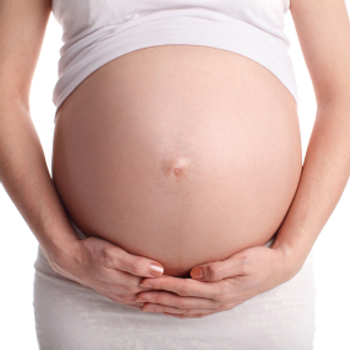
The risk of early, sudden-onset menopause in women treated for early-stage breast cancer can be reduced with goserelin, a gonadotropin-releasing hormone agonist.
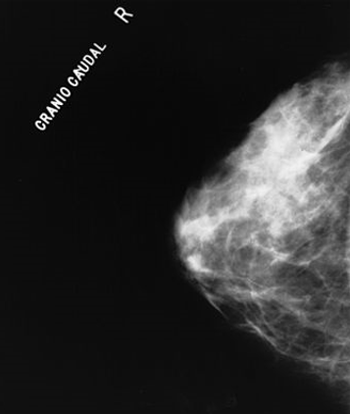
A physician’s age may have an effect on his or her opinions about the effectiveness of breast cancer screening methods, including self-exam and mammography.

Women with hormone receptor-positive breast cancer may be more scared, anxious, or concerned about treatment-related adverse events and cancer symptoms.

Women with breast cancer who received first-line eribulin were able to stay on treatment longer and had better outcomes when they received dose modifications.

According to a presentation at MBCC, modern breast cancer staging systems should include grade, estrogen receptor status, and possibly other biologic markers.
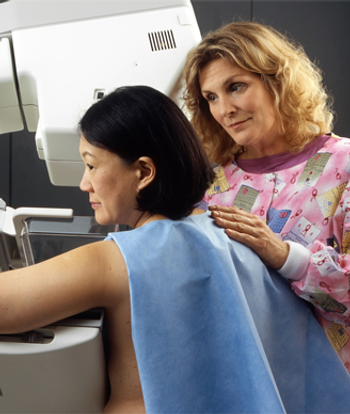
At MBCC, one presenter made the argument for screening mammography for all women starting at the age of 40, despite the controversy surrounding the topic.

As part of our MBCC coverage, we discuss how physicians can improve the patient experience through pain control both during and after breast cancer treatment.

As part of our MBCC coverage we discuss MRI screening for breast cancer in patients who carry a BRCA mutation or have a first-degree relative who is a BRCA carrier.

Economic factors, including household income, and racial disparities both play a role in the adherence to hormonal therapy in breast cancer patients.
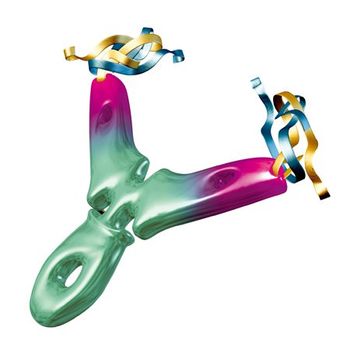
The addition of bevacizumab to endocrine therapy did not prolong survival in postmenopausal women with advanced HER2-negative, HR–positive breast cancer.
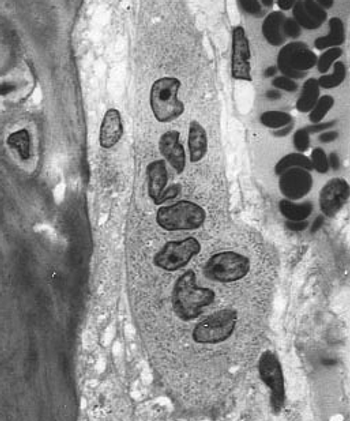
An inhibitor of osteoclast formation can stop the proliferation of dormant tumor cells that in some breast cancer survivors turn into bone metastases.
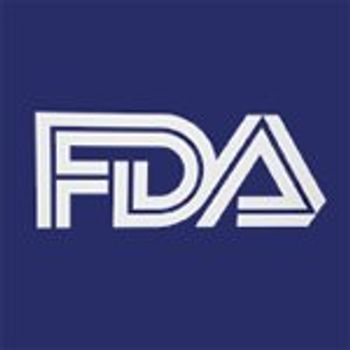
The FDA has approved the CDK4/6 inhibitor palbociclib (Ibrance) for the treatment of postmenopausal women with metastatic breast cancer.

The benefit of hypofractionated radiotherapy for women receiving breast-conserving therapy for early-stage breast cancer is becoming more apparent.

Many women with breast cancer do not understand the details of their tumor characteristics or how they relate to specific treatment options, according to a new study.

Adding molecular breast imaging to mammography resulted in a fourfold increase in invasive breast cancer detection rates in women with dense breasts.

There are still questions to be answered about the use of osteoclast inhibitors in the care of patients with breast cancer. The optimal duration and dosing schedule and how to improve treatment compliance are important issues to address.

Bisphosphonates have played an important role in the treatment of breast cancer, mainly in patients with bone metastasis, by reducing the risk of fracture, spinal cord compression, and hypercalcemia.

We know that bisphosphonates prevent or delay skeletal-related events in breast cancer metastatic to bone, prevent or treat bone loss in patients receiving adjuvant aromatase inhibitor therapy, and decrease bone recurrences and breast cancer–related deaths when used in the adjuvant setting in postmenopausal women with early-stage breast cancer.

Bisphosphonates or the monoclonal antibody denosumab, have the potential to profoundly affect the entire metastatic process, not just the growth of bone metastases.

Two recently published studies suggest that PIK3CA mutations cannot be used as a predictive biomarker to guide therapy in HER2-positive breast cancer.
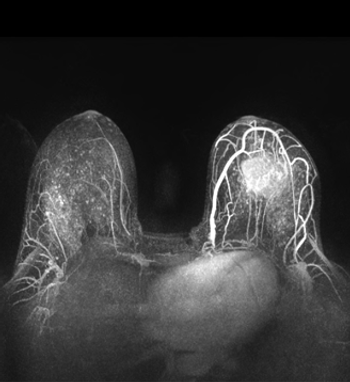
Adding an MRI to a mammogram improved the sensitivity of breast cancer screening in women 50 years of age or older who are BRCA mutation carriers.
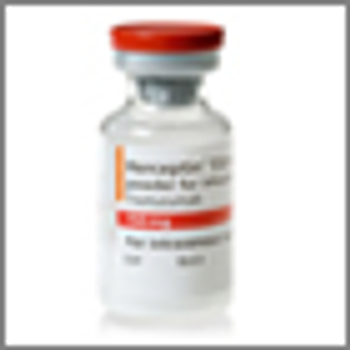
Results of the MARIANNE trial found that HER2-positive breast cancer patients treated with T-DM1 had similar survival to those on the current standard of care.
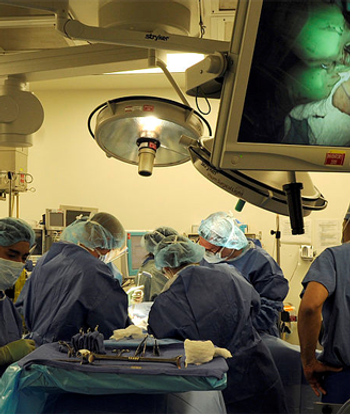
A retrospective cohort study of women treated for early-stage breast cancer has confirmed rising trends in the proportion of patients who undergo mastectomy.